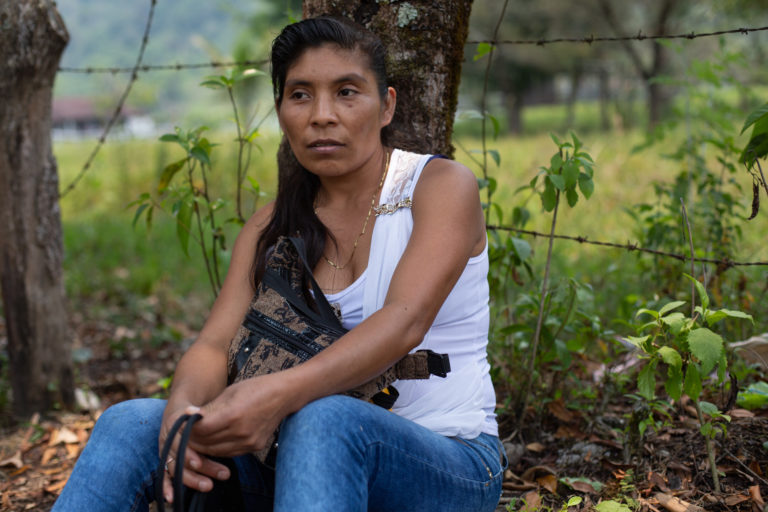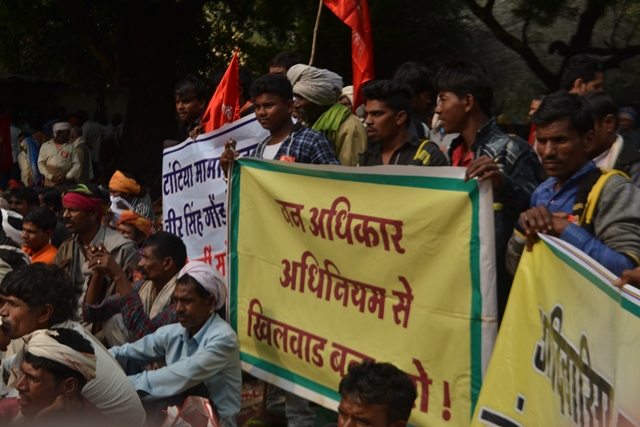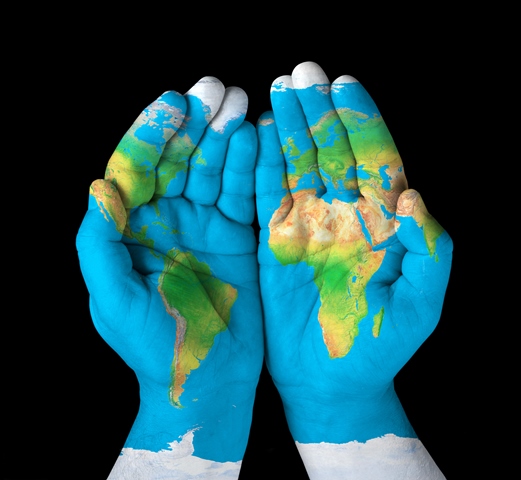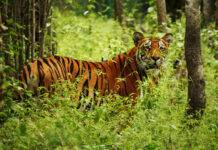
BY YVETTE SIERRA PRAELI TRANSLATED BY SARAH ENGEL
It isn’t unusual for those who defend the environment to be threatened, but sometimes their commitment to nature puts their lives directly at risk. According to a recently published Global Witness report, Latin America accounted for more than half of the environmental defenders killed around the world in 2018. Titled “Enemies of the State?” the report revealed that 83 of the 164 environmental defenders killed last year were from Latin America.
“Ever since we began documenting the murders of environmental defenders in Latin America, it has always been the most dangerous region,” says Ben Leather, a campaigner from Global Witness.

These killings are driven primarily by conflicts over mining. Other causes include conflicts over agriculture and the defense of water sources.
The crimes in Latin America
The situation in Colombia, in particular, has sparked concerns, as 24 environmental defenders were killed in the country in 2018. That makes it second only to the Philippines, which was the site of 30 murders linked to environmental matters.
According to the Global Witness report, conflicts over land and mining in Cauca, a department in southwestern Colombia, have intensified in the last few years. Criminal gangs and paramilitary groups began to enter territory that had been occupied by the Revolutionary Armed Forces of Colombia (FARC) after the signing of a peace agreement between the government and the FARC.

“The environmental defenders in Colombia are dealing with issues that no other area is experiencing, so we have a heightened risk because we are confronting industries with lots of economic power,” says Isabel Cristina Zuleta, who leads the Ríos Vivos (Living Rivers) movement in Colombia’s Antioquia department. Her organization defends communities affected by the construction of dams and mining projects. Zuleta is a strong opponent of the Ituango dam, blamed for triggering an environmental crisis in 2018.
“Those of us who are confronting these megaprojects have no other option but to resist, because the alternative is to perish from pollution, experience displacement, or suffer the permanent risk of dam collapse,” Zuleta says.
In Brazil, 20 environmental defenders were killed in 2018. Guatemala has also generated concern, where killings associated with environmental issues increased fivefold between 2017 and 2018, from three to 16. Mexico was the site of 14 such killings, followed by Honduras with four, Venezuela with three, and Chile with two.

Victoria Tauli-Corpuz, the U.N. special rapporteur on the rights of indigenous people, says she’s concerned about the increasing threat to environmental defenders in Latin America. “There are many farm owners who want to take over more land. Another reason for the increase in deaths is the growth of paramilitary groups and private security forces in companies,” Tauli-Corpuz says.

Global Witness determined that 40 of the 164 killings worldwide were linked to law enforcement officials. Forty others involved hit men, criminal groups and landowners.
A panorama of danger
Another extreme case that’s alarmed the international community, according to Global Witness, is the sharp increase in the number of environmental killings in Guatemala. Between 2017 and 2018, Guatemala became the deadliest country per capita for environmental defenders.
There was the May 2018 murder of Luis Arturo Marroquín, a land defender from Guatemala, who was shot and killed. Marroquín was a member of the Committee on Farming Development (CODECA), which is dedicated to promoting land rights and rural development. Four other CODECA members were murdered in 2018.
Another instance occurred in December 2018, when brothers Neri and Domingo Esteban Pedro were found dead on the shores of the Yalwitz River in Guatemala. The brothers, who were opposed to a hydroelectric project, were members of the Peaceful Resistance of the Microregion of Ixquisis. The organization, which works to defend land rights, is often violently targeted. In October 2018, hundreds of armed Guatemalan police officers attacked members of the organization during a peaceful protest against the construction of a dam, leaving six people injured.

“The risk is increasing more and more for the people who are defending their land and the environment. It becomes more dangerous because there are economic and political interests behind the initiatives that are being imposed on the land,” says Joaquín Raymundo Gonzáles, a representative from the Mesoamerican International Protection team.
According to Global Witness, India saw 23 murders in 2018, making it among the world’s most dangerous countries for environmental defenders. In May 2018, police in Tamil Nadu state shot and killed 13 people during a protest against pollution caused by a copper mine.

Another massacre occurred on Negros Island in the Philippines in October 2018, when a group of nine sugarcane farmers and their children were shot and killed during a land dispute. Benjamín Ramos, the lawyer representing their families, was shot and killed a few days later.
Threats to indigenous communities
Indigenous people often suffer violence at the hands of those who attempt to take over their land. They are often forced to leave their territories due to pressure from large corporations with global connections. The U.N.’s Tauli-Corpuz says indigenous populations “are those who suffer the most in terms of murder and criminalization.”

Leather, from Global Witness, agrees with Tauli-Corpuz, adding that “indigenous communities live in forests with resources and protected areas, where they have historically guarded their land against the worst abuses: discrimination and marginalization. This makes them more vulnerable.”
The criminalization of environmental defenders
The 2018 report marks the first time Global Witness has documented the use and abuse of the laws and policies designed to criminalize and intimidate environmental defenders, their families and the communities they represent.
According to the report, the criminalization of environmental defenders “can be used to tarnish reputations, choke off funding, and lock activists into costly legal battles that stop them from carrying out their work.” It also “reduces the possibility that activists will continue their activism” in the future, according to Leather.

“We focus on this global problem because it affects land rights, the environment, and activism worldwide,” Leather says.

“We need to put in more effort to prevent impunity from environmental crimes. Nations need to protect all their citizens. But also, the private sector needs to stop promoting criminalization,” Tauli-Corpuz says.
This article is republished from The Mongabay under a Creative Commons license. Read the original article.













